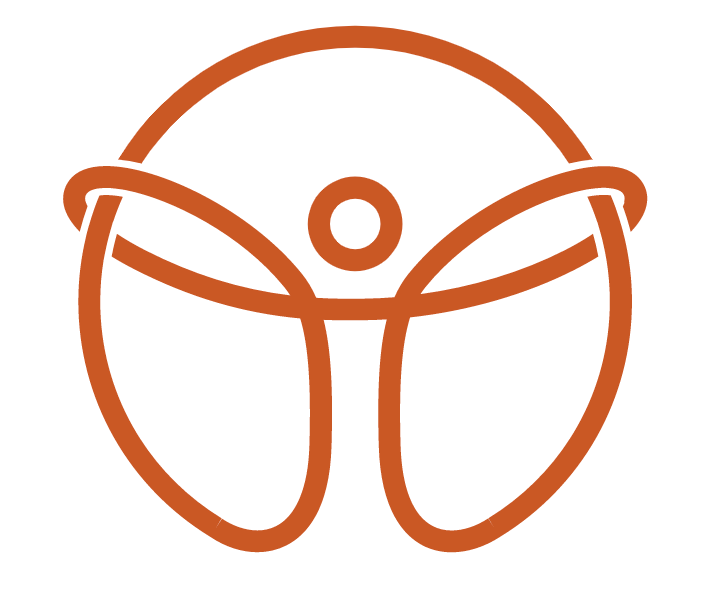How is a sports massage different than a traditional massage?
Our team giving a patient a sports massage to help with their upper back and shoulder pain
Whether you're a professional athlete, a weekend warrior, or just someone who enjoys staying active, you're likely no stranger to the benefits of a good massage. Massages can help alleviate stress, reduce muscle tension, and promote relaxation. However, when it comes to addressing the specific needs of athletes and individuals with active lifestyles, a sports massage differs significantly from a traditional massage. In this blog, we'll delve into the distinctive features of sports massage and explain why it's the go-to choice for those aiming to enhance their athletic performance and overall well-being.
Purpose and Target Audience
Sports Massage:
Sports massage is designed primarily for athletes and people engaged in physical activities. It focuses on preventing and treating injuries related to sports, improving athletic performance, and aiding in recovery.
Traditional Massage:
Traditional massage, on the other hand, is generally more of a general relaxation and stress-reduction treatment for the average individual. It doesn't target the specific muscle groups and concerns that sports massage addresses.
Techniques and methods
Sports Massage:
Deep Tissue Techniques: Sports massages often incorporate deep tissue techniques to work on specific muscle groups and address muscle imbalances.
Stretching: The therapist may employ stretching techniques to improve flexibility and range of motion.
Cross-Fiber Friction: This technique is used to break down scar tissue and adhesions in muscles, aiding in recovery from injuries.
Trigger Point Therapy: Identifying and releasing trigger points is crucial for addressing localized pain and tension.
Traditional Massage:
Swedish Massage: Traditional massages primarily use Swedish massage techniques, which focus on gentle strokes and kneading to induce relaxation.
Aromatherapy: Essential oils and aromatherapy are commonly incorporated into traditional massages for a soothing experience.
Full-Body Focus: Traditional massages typically treat the entire body rather than focusing on specific muscle groups or sports-related concerns.
Benefits
Sports Massage:
Injury Prevention: Sports massage can help prevent injuries by identifying and addressing muscle imbalances and tension.
Faster Recovery: It aids in quicker recovery after strenuous activities, reducing muscle soreness and stiffness.
Enhanced Performance: Improved muscle function and flexibility can lead to better athletic performance.
Traditional Massage:
Stress Reduction: Traditional massages excel at reducing stress and promoting overall relaxation.
Mental Well-being: They can be used to promote mental well-being and alleviate symptoms of anxiety and depression.
Improved Circulation: Traditional massages can improve blood circulation and alleviate minor aches and pains.
Conclusion
In summary, while both sports massage and traditional massage offer numerous benefits, their key differences lie in their purpose, techniques, and target audience. Sports massage is tailored to athletes and active individuals, focusing on performance enhancement and injury prevention, while traditional massage is more about relaxation and stress reduction. Each type of massage has its place in enhancing overall well-being, so the choice ultimately depends on your specific needs and goals. Whether you're striving for peak athletic performance or simply seeking relaxation, there's a massage style for everyone.
Interested in getting a sports massage? Book today with one of our certified therapists!

